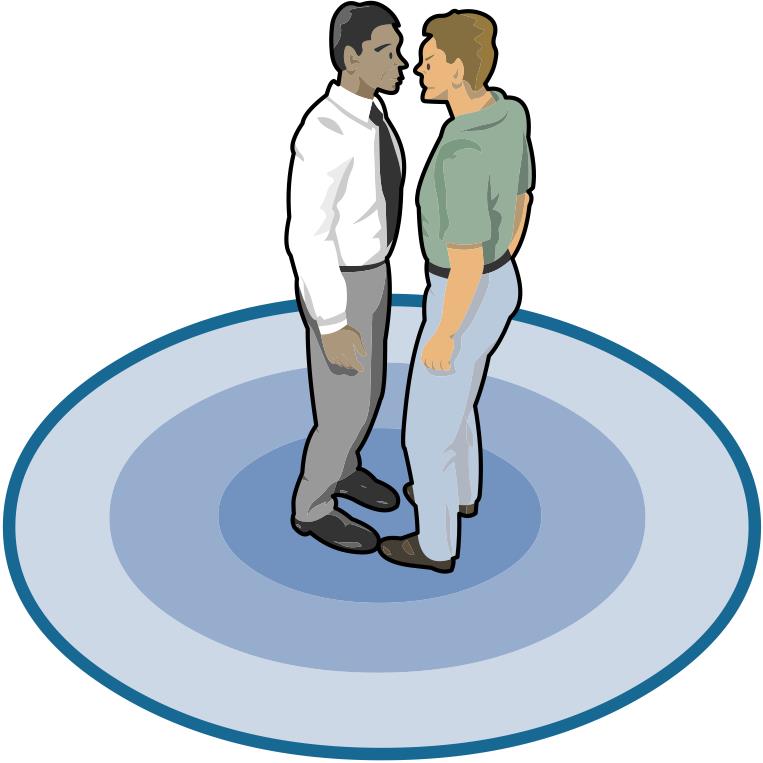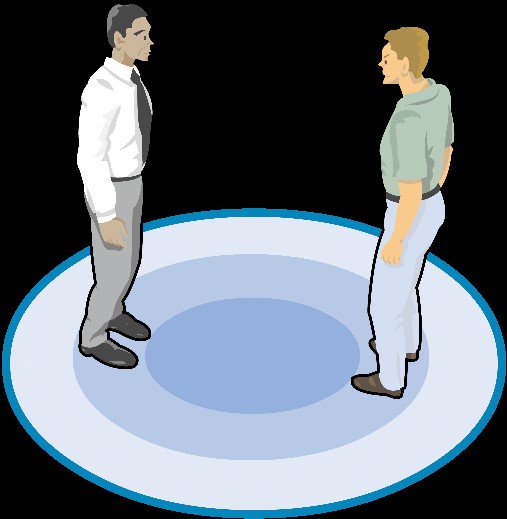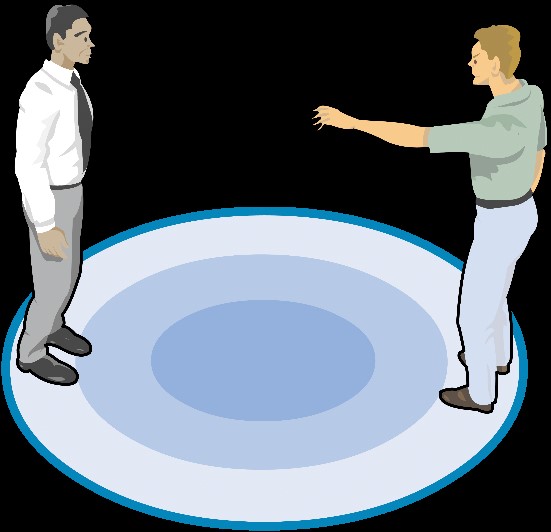Open P.A.L.M.S Model of Communication
Signalling Non-aggression
Use the open PALMS model to diffuse conflict situations.
The Open PALMS model of communication is a powerful tool developed to signal non-aggression and effectively de-escalate tense situations. By maintaining an open posture, using calm and non-threatening gestures, and demonstrating a willingness to engage peacefully, this model helps diffuse potential conflicts before they escalate. Particularly valuable in high-stress environments such as security, healthcare, and customer service, the Open PALMS Model enables professionals to convey a clear message: they seek resolution, not confrontation.
This approach fosters trust and cooperation, showing the other party that you are focused on understanding rather than opposing them. The Open PALMS model of communication creates an atmosphere conducive to dialogue and resolution by using open body language and deliberate, non-aggressive gestures. Ideal for security officers and other frontline professionals, this model aligns with best practices in conflict management, ensuring interactions remain safe, constructive, and compliant with industry standards.
Open – P.A.L.M.S. Model
The Open PALMS model has been developed to help you show the other person that you do not want to fight him/her by signalling non-aggression.
P = POSITION Allow exit routes, do not block in
Make sure the person does not feel trapped or hemmed in. Let them see any exit routes. The person needs to see a way past you. If you block the possibility of “flight” they may see little choice but to fight. Equally, ensure that you are not blocked in
A = ATTITUDE Display positive and helpful attitude
Show a positive and helpful attitude to avoid sending the conflict around in a circle. Avoid trigger phrases that can be misunderstood. Smile and talk calmly as it is your responsibility to emphasise a willingness to help and find a solution to the problem.
L = LOOK & LISTEN Use normal eye contact and active listening
Eye contact is vital in signalling non-aggression. Maintain a normal level of eye contact as usual. Do not stare. Demonstrate active listening with appropriate head nodding, gestures and repeating phrases you hear to show you understand.
M = MAKE SPACE Maintain a comfortable distance
- Intimate Space: 0 to 0.5 metres
- Normal Space: 0.5 to 1.2 metres
- Stranger Space: 1.2 to 3.0 metres
Do not invade someone’s intimate space. Create and measure personal space using the following:
- Can you see the other person’s feet?
- Do you feel a vague sense of discomfort?
- Would they have to take a step forward to touch (hit) you?
S = STANCE Shoulders relaxed and turned away to the side
Stand slightly to one side of the person and place one foot backwards to support you. Open your stance to show the route to an exit
2- Eye contact and active listening
3 – Space



4 – Stance
Defusing High-Risk Conflict
Signs of escalation:
- Angry non-verbal signals – face reddening, intense eye contact, angry facial features
- Abuse which is focused on your personality
- Increasingly vulgar, abusive or threatening language
- Your personal space is being invaded
- Square on posture, head and chin thrust forward
- Fist clenching
- Finger pointing
Strategies for defusing high-risk conflict:
1: Maintain self-control. Do not be pulled into a conflict.
2: Signal non-aggression
3: Show empathy and actively listen
4: Deal with the emotion first

